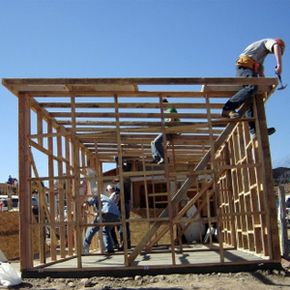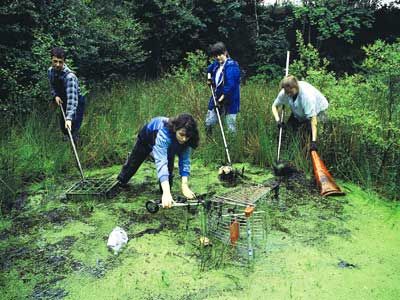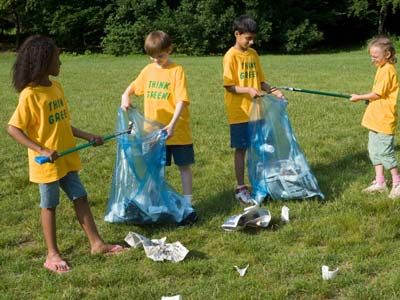AmeriCorps is often described as being "like the Peace Corps, but domestic" -- and that's more or less an accurate comparison. AmeriCorps is a national service program, with most volunteers working full-time for about a year. In return, they receive housing, a living allowance, college tuition assistance and the satisfaction of knowing they have improved lives in their community.
AmeriCorps does not act alone. It works with public and private organizations, including nonprofits and schools, in the communities it serves. This structure helps ensure that communities get informed help from the people who best understand local problems and needs. It also avoids redundancy of resources. As with other national volunteer programs, such as Senior Corps, service is overseen and administered by the Corporation for National and Community Service.
Advertisement
As President Clinton said in 1993, serving with AmeriCorps comes down to three questions: "What is right? What is wrong? And what are you going to do about it?" [source: AmeriCorps]. Since then, more than a quarter-million volunteers have decided that what they will do about it is serve [source: NAU]. AmeriCorps volunteers work in schools and after-school education programs. They construct homes. They work to reduce gang-related violence. They help with environmental cleanup efforts.
You're probably most familiar with the concept of the young volunteer taking a gap year -- a year of service between high school and college or in the middle of a college degree program. Many volunteers do follow this model, but not all of them do so. AmeriCorps volunteers are often young, but they are not exclusively so. Volunteers typically have more education and lower income than the national average. And women and minorities are more likely to serve [source: ABT].
In this article, we'll take a closer look at AmeriCorps -- its different components, its history and legislation, and how to get involved. First, we'll look at state and national programs.



